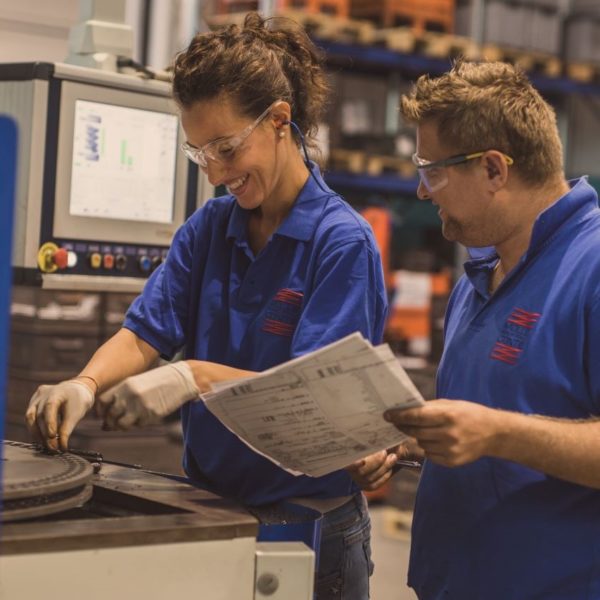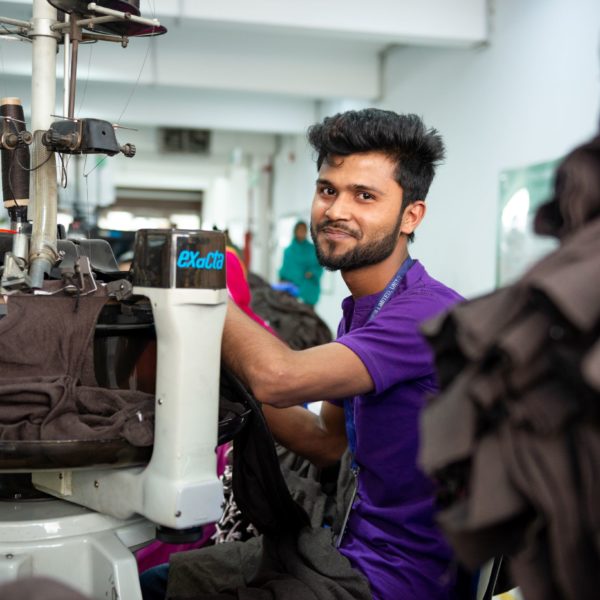SA8000 Certification: Getting Started
Congratulations on taking the first step toward becoming an SA8000-certified organization. The required steps that you must take to begin a certification process are described here. Step 2 asks you to contact a SAAS-accredited Certification Body to schedule your first audit (more information below). Your SA8000 Certification Body will be your main contact for questions about the certification process.
If you are not yet familiar with the details of the SA8000 Standard and certification program, we recommend that you start by reviewing the SA8000 Resources available here.
Step 1: SA8000® Self-Assessment
The first step in the SA8000 certification process is to take the SA8000® Self-Assessment—an online management system self-assessment. The SA8000 Self-Assessment helps interested organizations understand SA8000’s management system requirements and whether they are ready to apply for certification.
Fee: US$300
Duration: 60-90 minutes
Take the Self-Assessment
The SA8000 Self-Assessment is available via the SAI Database.
SA8000 Self-Assessment Instructions
Updated: July 2020
Step 2: Contact an Accredited Certification Body

Finding an Accredited Certification Body
Following your organization’s successful completion of the SA8000 Self-Assessment, please contact an accredited certification body to start the full evaluation process. Each accredited certification body is independently managed, and SAI encourages applicant organizations to contact various certification bodies to receive quotes for fees.
More about SA8000 Certification Costs.
SA8000 Certification Audit
The certification body will conduct an initial Stage 1 Audit (typically taking 1 to 2 days) to assess the organization’s readiness for SA8000. Organizations that move on to Stage 2 will go through a full certification audit, which can take from 2 to 10 days, depending on the size and scope of the organization.
As part of both stages, the certification body will conduct an SA8000 Independent Evaluation that will help the organization identify strengths and weaknesses in its management system. The evaluation includes reviews of documentation, working practices, employee interview responses, and operational records.
Achieving SA8000 Certification
Once the certification body has determined that the organization has implemented the necessary actions and improvements to become compliant with the SA8000 Standard, it grants an SA8000 certificate, which the organization may use to publicize its achievement.
Step 3: On-site Surveillance Monitoring
SA8000 certification is valid for three years, subject to on-site surveillance monitoring. Surveillance monitoring includes a combination of announced and unannounced visits, typically twice per year, and Independent Evaluations to track improvements over time. After the three-year cycle concludes, you may choose to re-certify.
Resources
SA8000:2014 Standard
The SA8000® Standard is the leading social certification standard for factories and organizations across the globe. It was…
SA8000 Guidance Document
The SA8000:2014 Guidance Document provides explanations, background information, and interpretation support for the SA8000® Standard.…
SA8000:2014 Performance Indicator Annex
The SA8000 Performance Indicator Annex describes the minimum social accountability performance expectations for SA8000-certified organisations.…
SA8000 Standard Recognition
Mutual, partial, and one-sided recognition of social compliance programs consolidates efforts across standards and codes,…




